Shoulder Abduction
Introduction
The movements of the shoulder joint, known as adduction and abduction, permit the arm to move either inward or outward toward the body. For a variety of everyday tasks and upper-extremity sports, these movements are crucial.
What is Shoulder abduction?
Shoulder abduction is a fundamental movement of the shoulder joint, where the arm is lifted away from the body in a sideways motion. Abduction is the separation of your arms from the center of your body.
Shoulder abduction is essential for various daily activities, such as reaching out to the side, lifting objects overhead, and performing athletic movements. Understanding shoulder abduction is crucial for diagnosing and treating shoulder injuries, improving mobility, and enhancing overall upper-body function.
Workers can use this action when reaching for supplies, tools, or merchandise. Uncomfortable location, repeated motion, and overloading increase the risk of musculoskeletal injuries related to work.
Because you are moving in the frontal plane, you are only moving laterally when your shoulders are abducted. The particular mechanism known as abduction allows you to move your arm away from your body, like when you raise it in a jumping jack exercise.
This exercise can be used to mimic the stretch for your internal rotators (exercise #1 from the mobility section). Hold a stick in front of you at about hip height with one hand on either end. Maintaining a relaxed upper back and shoulders, move the stick across your body using your unaffected arm.
If you don’t resist the push, your damaged arm will be pushed up and to the side. To ensure that you are simply executing abduction at the shoulder joint, avoid twisting your torso or slouching your shoulders. (This is not always a bad thing, but the purpose of these exercises is to focus on specific shoulder range of motion components to ensure adequate control in every plane of motion.)
Once your shoulder has reached its maximum abduction, use the opposing action, “adduction,” to return it to its initial position while carefully managing the fall of your arm.
Testing for Shoulder Abduction
Arm expansion away from the body is known as shoulder abduction; arm movement toward the center of the body is known as shoulder adduction.
The middle deltoid and supraspinatus shoulder muscles work together during shoulder abduction to raise the arm away from the side of the body. The glenohumeral joint, which links the scapula and humerus, is the site of articulation for shoulder abduction.
A healthy shoulder can extend to 180 degrees when abducted; however, if the rotator cuff, the primary muscle supporting the shoulder, is damaged, this range of motion will be significantly reduced. Weakened, irritated, or damaged shoulder tendons or muscles will impair shoulder abduction.
Exercises for strengthening the shoulders should be promoted, and workers who perform occupations that frequently require shoulder abduction should be given adequate time to recover in order to avoid injuries.
Shoulder abduction is the opposite of shoulder adduction. Shoulder adduction occurs when you move the arm toward the midline of the body.
Shoulder abduction involves the Glenohumeral Joint. The Head of the Humerus is located in the Glenoid Fossa of the Scapula. It is impossible to conduct shoulder abduction without this joint and the stabilizing muscles.
Shoulder Abduction Test
Shoulder abduction tests, also known as “shoulder abduction signs,” are physical examinations used to diagnose certain conditions, like cervical root disease, in patients. A shoulder abduction test should be conducted with the patient sitting upright.
As you raise the patient’s hand to the crown of their head, give them instructions on how to abduct their shoulders. Relieving symptoms during shoulder abduction indicates a positive test.
Shoulder Horizontal Abduction
Shoulder horizontal abduction is the term used to describe the abduction of the shoulder in the horizontal plane. Assume a straight arm position in front of you, shoulder-to-shoulder. Next, horizontally extend your arm out to the side, always maintaining the hand parallel to the shoulder.
Shoulder horizontal abduction is demonstrated by performing the Banded Pull Together exercise, which begins with both arms in front of the body and ends with both arms extended out to the sides of the body. Strengthening exercises for the Deltoids, Infraspinatus, and Teres Minor are highly recommended. These exercises involve horizontal abduction of the shoulders.
Shoulder Abduction Muscles
Shoulder abduction engages a number of muscles in the upper back and shoulder. The main muscles involved in shoulder abduction are:
- Anterior Deltoid
- Medial Deltoid
- Posterior Deltoid
- Supraspinatus
- Serratus Anterior
- Trapezius
When performing the exercise, every major muscle participates in the abduction of the shoulder in a different way. The trapezius and serratus anterior collectively abduct the shoulder to a maximum beyond 90 degrees, the supraspinatus from 15 to 90 degrees, and the Deltoid up to 15 degrees.
Shoulder Abduction Exercises
Some exercises include shoulder abduction. A few exercises for abduction of the shoulder are:
- Lateral Raises
- Shoulder Press
- Jumping jacks
- Arm Circles
- Shoulder Fly
- Wall Slides
Isometric Shoulder Abduction
- Place yourself about six inches away from the wall, keeping your body perpendicular to it.
- The shoulder you wish to work on should be positioned close to the wall.
- Press a hand up against the outside. You might wish to use a folded towel for a little extra comfort.
- While softly pressing against the wall, try to lift your arm out to the side and hold it there for five seconds.
- Gradually release the weight on the wall.
After ten to fifteen repetitions of the first exercise, move on to the next one, which is designed to activate your rotator cuff muscles.
Exercise with an exercise band
Close to your foot, encircle a large, stiff object with the exercise band. You should hold the bar with a hand that isn’t damaged on your shoulder. Keep your arm straight.
Holding up your thumb, gradually abduct your arm to the side. Then, without injuring yourself, slowly draw the bar as far over your head as you can.
Always keep your arm below your head unless your PT or doctor gives the okay. Avoid shrugging your shoulders. For the time given, maintain your body in this position. Gradually make your way back to the starting point.
Exercise with a weight
Standing, hold a weight in your hand with your palm facing your body. Your thumb is directed upward and gradually raise your arm to the side.
Then raise your arm over your head as high as you can without getting hurt. For the time given, maintain your body in this position. Always keep your arm below your head unless your PT or doctor gives the okay.
AAROM Shoulder Abduction – Wand Exercise
As you carefully elevate your affected arm to the side, hold a wand or cane with the palm of the injured side facing up and the uninjured side facing down.
- Repeat 8 Times
- Hold 12 Seconds
- Complete 2 Sets
- Perform 2 Times a Day
Lateral Raises
- Begin by placing your feet hip-width apart and your knees slightly bent while standing in a calm posture.
- Hands facing inward, keep a pair of dumbbells by your sides.
- Pull your shoulders back and down while contracting your core.
- Raise your arms to shoulder height, straight out to the sides.
- Slowly and gently drop the weights back down to your sides.
- As many times as required, repeat.
Dumbbell Shoulder Press
- Below are the brief instructions for performing the dumbbell shoulder press while standing:
- Place your feet shoulder-width apart and flex your legs slightly to stand.
- Raise the weights until they are parallel to your ears while holding a dumbbell in each hand with your palms pointing outward and away from you. Although bent, your elbows won’t be locked out.
- Simultaneously take a deep breath and lift the weights to your shoulders. Breathe and gradually return the dumbbells to the ear level.
- Repeat the movement for as many sets and repetitions as required.
Jumping Jacks
Jumping jacks are an easy workout to become good at. It’s simple to execute a jumping jack by following these steps:
- To begin, assume a high stance and maintain your arms by your sides.
- Take a deep breath and bend your knees to prepare your body for a higher jump. Stretch your knees to jump, then raise your arms. and the legs were separated from the body.
- When you land from a leap, your arms should form an arch over your head and your feet should be about shoulder-width apart. Remember that this is one continuous motion, so you are also spreading your arms and feet apart while you jump.
A second jump can be performed by bending at the knees. As you jump, bring your arms and legs back together. When you land back in the starting position, you should be tall, with your feet together and your arms by your sides.
Continue bouncing back and forth between the stretched position and the original position for as long as you like!
Arm Circle Exercise
Start by swinging both of your arms behind you, then move them both forward in a circle. While keeping a safe range of motion, make them as big as you can. After the forward circles, be sure to complete the opposing ones as well.
Shoulder Abduction Pain
Issues with Shoulder Abduction Pain may arise from a shoulder impingement. This occurs when a muscle or tendon becomes caught in the shoulder bones. This may result in pain and make shoulder abduction difficult. Shoulders shrugged Pain can be caused by both overusing the shoulder joint and other Rotator Cuff problems. Some people have subacromial gaps that are too narrow, which increases the risk of shoulder impingement.
Shoulder abduction pain symptoms include decreased range of motion, pain during movement, pain during sleep, swelling, and radiating pain. In order to diagnose shoulder impingement and establish the best course of treatment, your doctor can perform specialized tests.
Mover for Shoulder Abduction
The main muscle worked in abduction is the deltoid. The Medial Deltoid, to be exact.
Pillow for Shoulder Abduction
A shoulder abduction pillow is a kind of arm sling used to provide support following surgery or other injuries. The cushion on these shoulder abduction pillows allows the arm to be removed from the body without activating the shoulder abduction muscles.
Degrees of Shoulder Abduction
As we previously set up, the muscles that abduct the shoulder will contribute to a specified amount of degrees of abduction. Shoulder adduction is initiated by supraspinatus at a 15-degree angle. The shoulder will then be abducted by the Deltoid at an angle ranging from 15 to 90 degrees. Lastly, the serratus anterior and trapezius will abduct the shoulder past ninety degrees.
Sling for Abduction of the Shoulder
The phrases “sling” and “shoulder abduction pillow” are interchangeable. It helps to release the muscles involved in shoulder abduction after surgery or an injury to the shoulder.
Relief Sign for Shoulder Abduction
Relief from Abduction of the Shoulders Another name for the Shoulder Abduction Test is a Sign, which we discussed before. When the patient is sitting up straight, ask them to place the affected arm over their head. If the patient experiences fewer symptoms, the cervical root pathology test is considered effective.
Abduction of the Shoulder Goniometry
The range of mobility of a joint is evaluated using a device known as a goniometer. To do shoulder abduction goniometry, position the axis in relation to the Acromion Process, the stationary arm parallel to the Sternum, and the moving arm above the Humerus. The normal range of motion for the shoulder abduction is 180 degrees.
Shoulder Abduction Stretch
Abduction of One Shoulder Stretching can be done with a wall or table slide. Sit down at a table that is just a little higher than your shoulders. To bring the head and armpit closer to the surface when extending the arm across the table, the wrist should be brought forward. Return to your starting position and repeat the exercise. It could be helpful to place a piece of cloth beneath the wrist to facilitate the arm’s motion.
Sit close to a wall and place your fingertips shoulder-level on the wall to perform the wall side. Gradually climb the wall with your fingertips until you get shoulder pressure. You should hold this position for 30 seconds, and then exchange sides.
Abduction Brace Shoulder
The term “Abduction Brace Shoulder” can be used to refer to both the Shoulder Abduction Sling and the Shoulder Abduction Pillow.

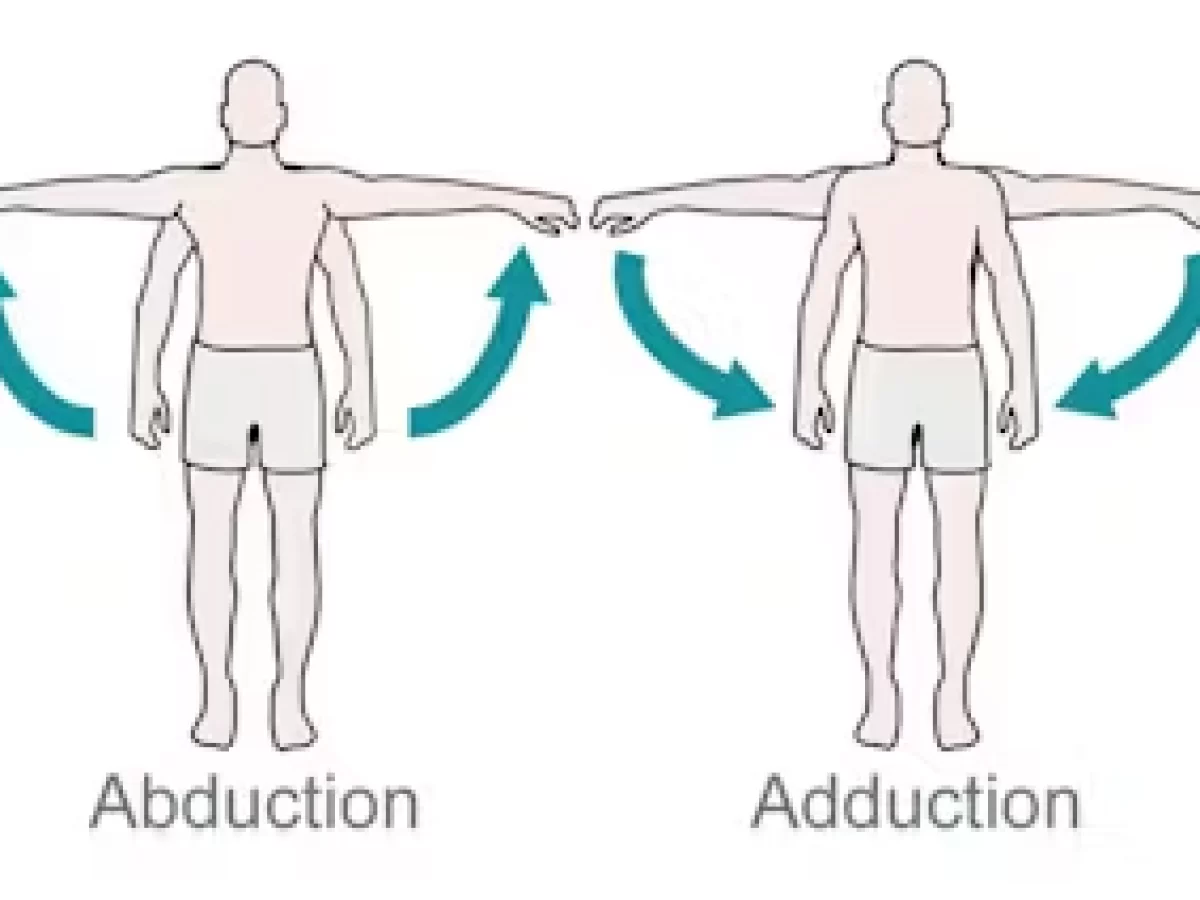
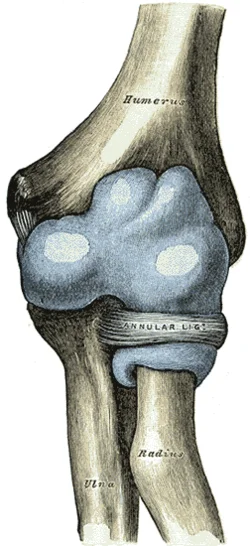
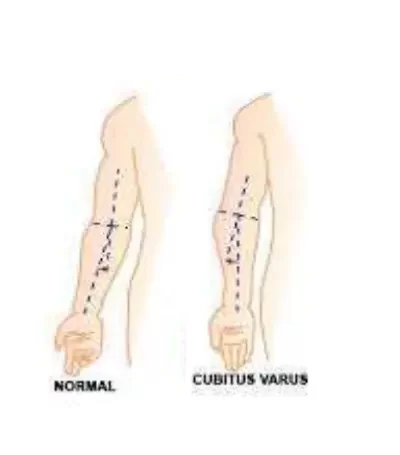
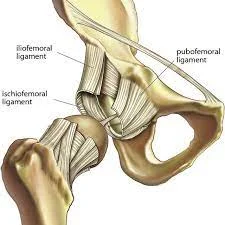
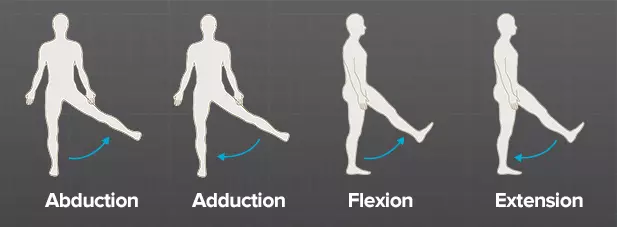
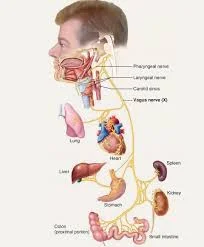
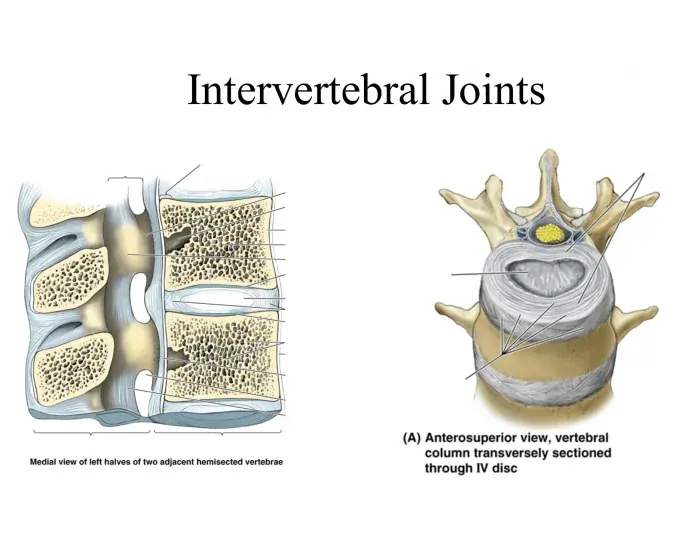
2 Comments